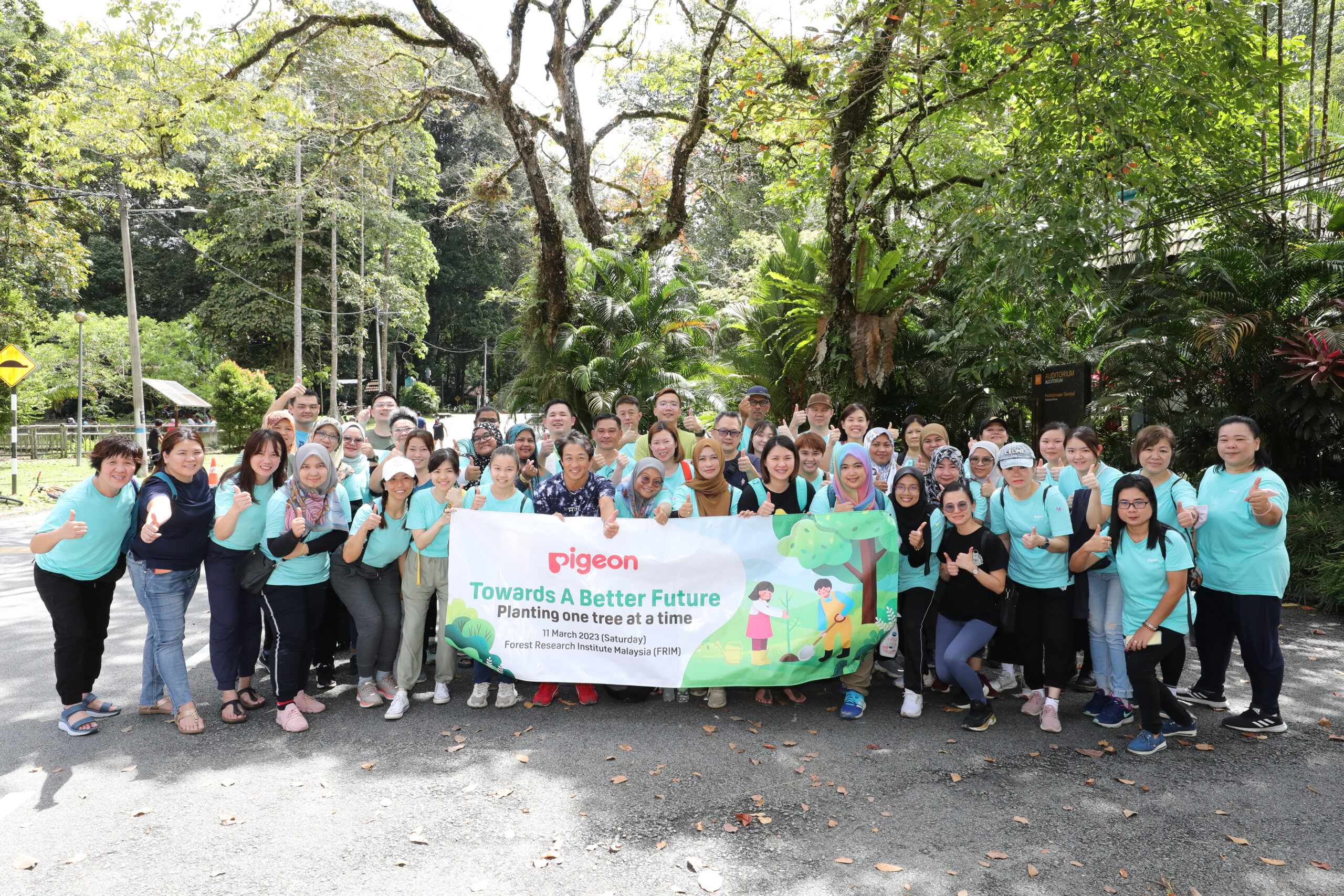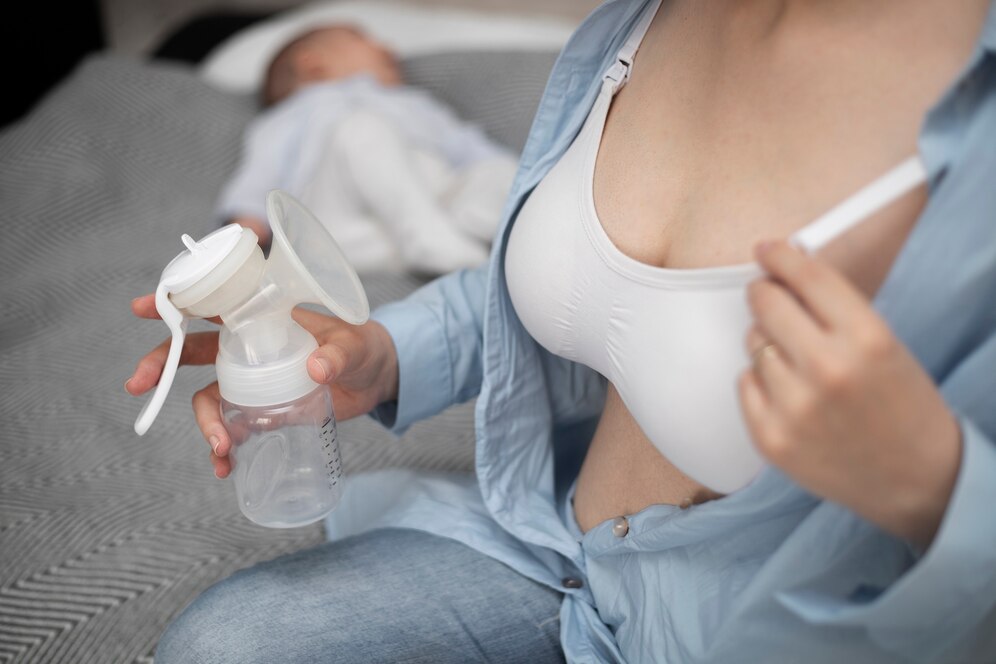So you think you may be pregnant? If you’re not a fan of over-the-counter tests, there are many DIY alternatives you can try without having to run to the drugstore. The best part: these ingredients can be readily found at home such as vinegar, sugar and—baking soda.
What exactly is the baking soda pregnancy test?
One popular test that has been generating buzz among mothers-to-be lately, is the baking soda pregnancy test. The gist of it is to put a spoonful of baking soda into a container and add a few drops of your own urine to the mixture. If the combination bubbles like a soda pop, the verdict is in: you’re probably pregnant.
But if you already know that you’re expecting, this can still be a fun way to find out the sex of your unborn baby. And it works in the same way – if it fizzes, chances are you’re having a boy; if there’s little to no reaction, it’s probably a girl.
How does it work?
While it may sound like just another old wives’ tale, you’d be surprised to know that there’s some sort of science involved here. As baking soda is known to react with most acids, the idea behind this test is to observe the presence of human chorionic gonadotropin or hCG in the urine, which is a hormone produced by the placenta during early pregnancy that most over-the-counter tests are able to detect. These chemical reactions, such as foaming or colour changes, are a likely indicator of the result being positive or negative.
How accurate is this test?
There are plenty of mums who have shared positive experiences with the baking soda experiment, but keep in mind that no pregnancy test (yes, this includes the over-the-counter ones) are 100% accurate. If anything, it may very well be a coincidence – much like flipping a coin. This is because the baking soda test relies on the acidity level in an expectant mum’s urine, but there are other factors such as an individual’s diet, water consumption and medications that may influence the acid content and cause a wrong prediction.
To achieve the best possible results, our advice is to take the test at least one week after your missed period. Taking it in the morning is the optimal time, as your “first morning urine” is said to contain the highest concentration of hCG hormones.
It’s also a good idea to retake the test a couple of times, or follow up with a traditional pregnancy test kit. Even if you get a positive result, make sure to schedule a prenatal appointment with your obstetrician/gynaecologist to confirm your pregnancy.
Other home pregnancy tests to try:
- Sugar – Mix a tablespoon of sugar and a tablespoon of urine in a container. If the mixture starts to get clumpy, it means that you’re pregnant.
- Toothpaste – Squeeze a layer of toothpaste to the bottom of a cup, and stir in a few drops of urine. If it foams up or changes colour, the result is positive.
- Bleach – Add two tablespoons of urine to a small piece of soap. If it begins to produce bubbles, you’re likely to be expecting.
Again, take these pregnancy tests with a pinch of salt. If all else fails, a trip to the doctor will be sure to give you a definite answer.





